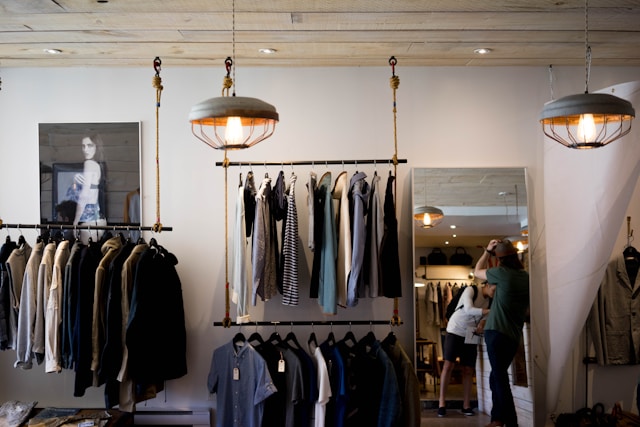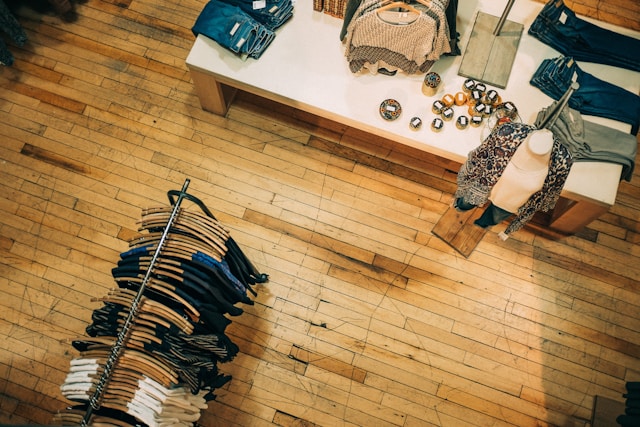Introduction to Fashion
Fashion is a form of self-expression and a reflection of culture, time, and personal identity. It encompasses clothing, footwear, accessories, and even behavior. From ancient civilizations to modern-day couture, fashion has played a crucial role in society. The evolution of fashion is influenced by historical events, technological advancements, and cultural shifts. This blog will explore the history of fashion, its impact on society, and future trends shaping the industry.
History of Fashion
Ancient Fashion: Egypt, Greece, and Rome
Fashion in ancient times was a blend of necessity and status. The Egyptians wore linen garments to combat the heat, while the Greeks draped themselves in tunics called chitons. Romans adopted elaborate togas and stolas to showcase their social standing.
Medieval and Renaissance Fashion
During the Middle Ages, clothing signified class distinction. Nobility wore elaborate robes and jewels, while commoners dressed in simpler garments. The Renaissance period saw the introduction of luxurious fabrics, embroidery, and intricate designs.
18th-19th Century Fashion
The 18th century was characterized by opulence, with corsets, powdered wigs, and extravagant gowns. The 19th century saw the rise of the Victorian era, marked by modest yet elegant attire. The Industrial Revolution introduced mass production, making fashion more accessible.
20th-Century Fashion Revolutions
The 20th century witnessed dramatic shifts in fashion. The 1920s introduced flapper dresses, while the 1950s emphasized femininity with cinched waists and full skirts. The 1960s and 70s embraced rebellion with hippie and punk styles, while the 80s and 90s saw bold colors, oversized silhouettes, and streetwear influences.
Fashion Trends Through the Decades
Each decade brought its own unique trends, influenced by societal changes, pop culture, and technology. The early 2000s introduced digital fashion, while the 2010s and 2020s emphasized sustainability and inclusivity in fashion.

Types of Fashion
Haute Couture vs. Ready-to-Wear
Haute couture is custom-made, high-end fashion designed for elite clients, whereas ready-to-wear is mass-produced and available for the general public.
Streetwear and Casual Fashion
Streetwear emerged from urban culture, blending comfort with style. It includes sneakers, graphic tees, and oversized silhouettes, often influenced by hip-hop and skateboarding communities.
Formal Fashion and Business Attire
Formal wear consists of tailored suits, evening gowns, and business-appropriate clothing that exudes professionalism and elegance.
Cultural Influence on Fashion
Traditional attire varies across cultures, reflecting heritage and customs. Globalization has merged different fashion elements, creating fusion styles that celebrate diversity.
The Role of Fashion Designers
Renowned designers like Coco Chanel, Gucci, and Louis Vuitton have shaped the fashion industry with their innovative designs. Emerging designers continue to redefine fashion, bringing fresh perspectives to the table.
Sustainability in Fashion
Fast fashion contributes to environmental pollution, leading to a rise in sustainable fashion. Ethical brands prioritize eco-friendly materials, fair wages, and minimal waste.
Technology and Fashion
Smart fabrics, 3D printing, and AI-driven design are revolutionizing fashion. Wearable technology, such as smartwatches and LED-infused clothing, merges fashion with functionality.
Conclusion and Future of Fashion
The future of fashion lies in sustainability, technological advancements, and inclusivity. As society evolves, so will fashion, continuing to be a powerful medium of expression and identity.
